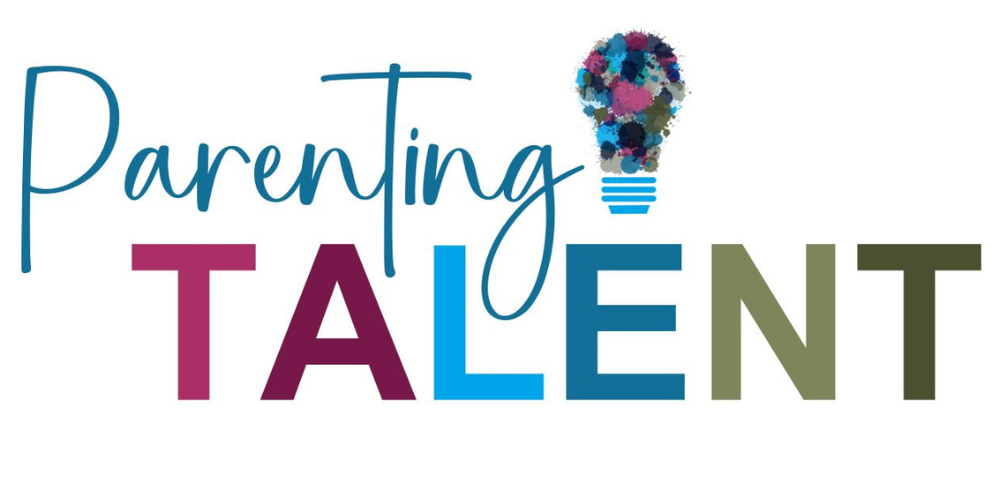If We Want Fair Pay for All Creative Artists We Should Pay Attention
If you are the parent of a teen or tween who loves the creative arts, you should talk to your teen artists about the actors strike and why this strike matters for all artists.
This is true even if your child is not focused on acting. It speaks to a larger truth for artists – how the arts are valued and the need to change this dynamic.
SAG-AFTRA (the world’s largest actor and broadcaster union with 160,000 media artist members) and the WGA (the joint efforts of the east and west unions representing writers in film, television, radio, and online media) are standing up and demanding fair compensation, quality working conditions, and addressing protection for artists from artificial intelligence.
As a parent, these are all things I want for my kids should they choose to forge a career in the arts.
One of the most common reactions I get from parents who come to me for support when their teen is expressing a desire to pursue an arts career is fear. They fear that their child is destined for a life of financial struggle should they choose to continue down this path. And many of the parents who do not openly express fear still indicate a sense of anxiety – how will my child manage to support themselves?
The old trope – the starving artist.
Yet, there is money in the arts. The entertainment industry alone is a multi-billion dollar industry in the United States and a trillion dollar one worldwide. The problem arises when money generated in the creative arts industries is not being allocated appropriately to the artists themselves. This problem, across all creative mediums, needs to be addressed.
A living wage while artists are building their résumé should be expected, even for those who are starting out. Regardless of whether an artist achieves “name” status – which most artists in any art are unlikely to do – they should feel confident that continuing down a path of a career in the arts will provide a reasonable standard of living. Compensation should rise commensurate with their training, experience, and product.
During the pandemic, while being forced to stay indoors with little distraction, we were served a stark reminder of how the arts play a vital role in our lives. We craved interaction with the products of the arts. We consumed what we could via the internet – TV, movies, e-books. We turned to online access for concerts, cast reunions, art exhibits, and music concerts. Communities found ways to sing together from their separate apartments on porches and balconies.
We were reminded that storytelling is ingrained in us and is part of what makes us human. Our desire to create and consume art is part of a uniquely human drive that helps us feel a sense of connection with others, process our experiences, and express our emotions.
The arts are a proven means of stress reduction and emotional well-being. It can help us process challenging emotions, work through difficult situations, process traumatic experiences, find understanding in who we are, and explore our identities in society. Even when surrounded by a community that does not reflect our experiences, identity, or values, we can find ones that do – and find comfort in that recognition – via the arts.
This is why I am so passionate about supporting young creative artists.
And this is also why it is important to discuss the actors’ strike with your young creative artist, regardless of their art of choice.
Though we may not recognize their names, “Zombie Number 2,” “Ensemble Dancer,” and “Rhythm Guitarist” are all essential players in the larger presentation of an art form. We need them all to have the rich, layered, complex, and relatable experiences we so enjoy from the arts.
We also need the author who is writing their first novella, book or screenplay to be appropriately compensated while they develop their craft. Same for the painter, sculpture or photographer – we need them to live in a world where they can afford food and shelter while they grow and develop. For their art to provide a lifetime of sustainable – and adequately increasing – income potential. .
Sadly, for so many artists, this is not the case. They find themselves having to pursue side hustles to pay the bills, which takes time away from the art they so love. We value the products the arts give us, but our culture does not always value the artists who create them. This is especially true for young people who are just beginning their artistic journey.
In her speech announcing the actors’ strike, SAG-AFTRA President Fran Drescher said that actors can no longer be “marginalized, disrespected, and dishonored” in reference to the lack of appropriate compensation from streaming services for actors. Yet, this statement seems to apply to so many artists in a more general sense.
So I would ask you, the parent of a young artist, to consider having a conversation with your teen or tween about the actors’ strike and why it’s part of an important and larger conversation about advocating for all artists to be paid their worth.
No one knows better than you how hard artists work. How much effort goes into training and skill building. How emotionally connected artists need to be to their work to produce an outstanding product. What it really takes to be an artist. This is why you should talk to your teen artists about the actors strike and the impact on current and future artists in all areas.
I believe the younger generation are poised to be passionate and effective change-makers.
Let’s talk to them how to speak up and take action on behalf of the arts they love and empower them to know, embrace and fight for their value as artists.


